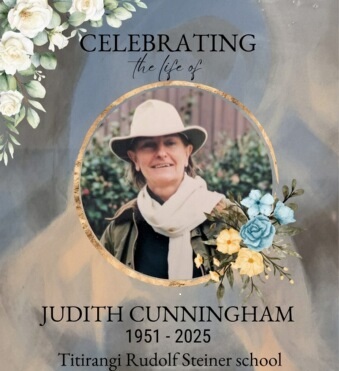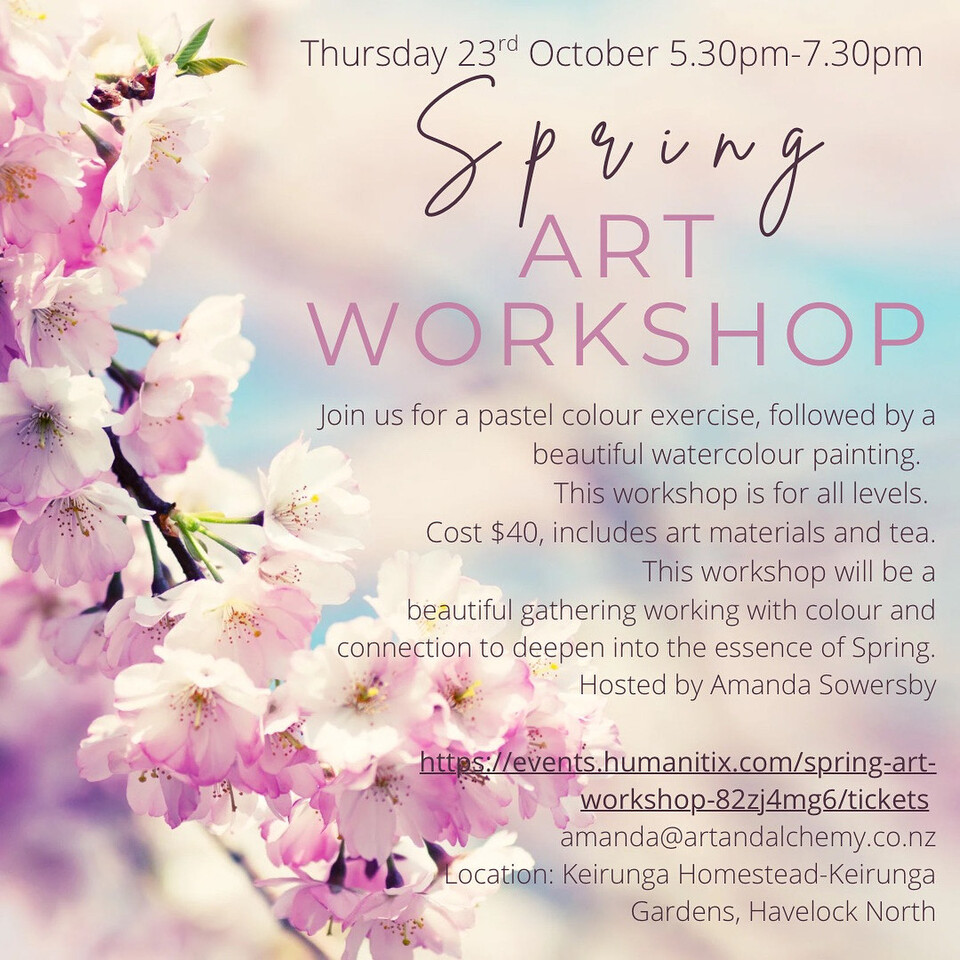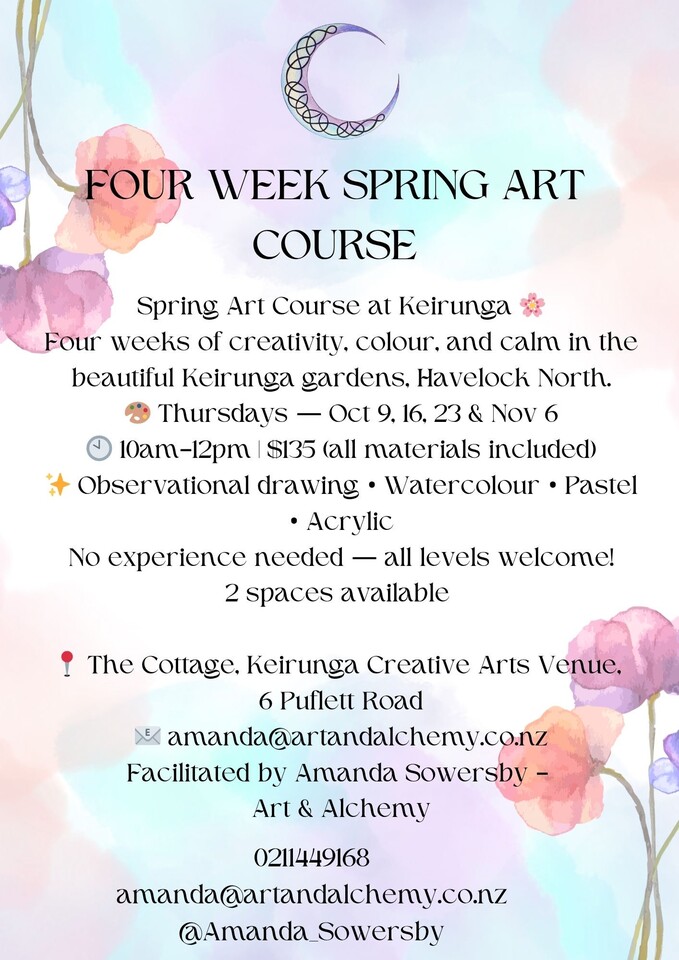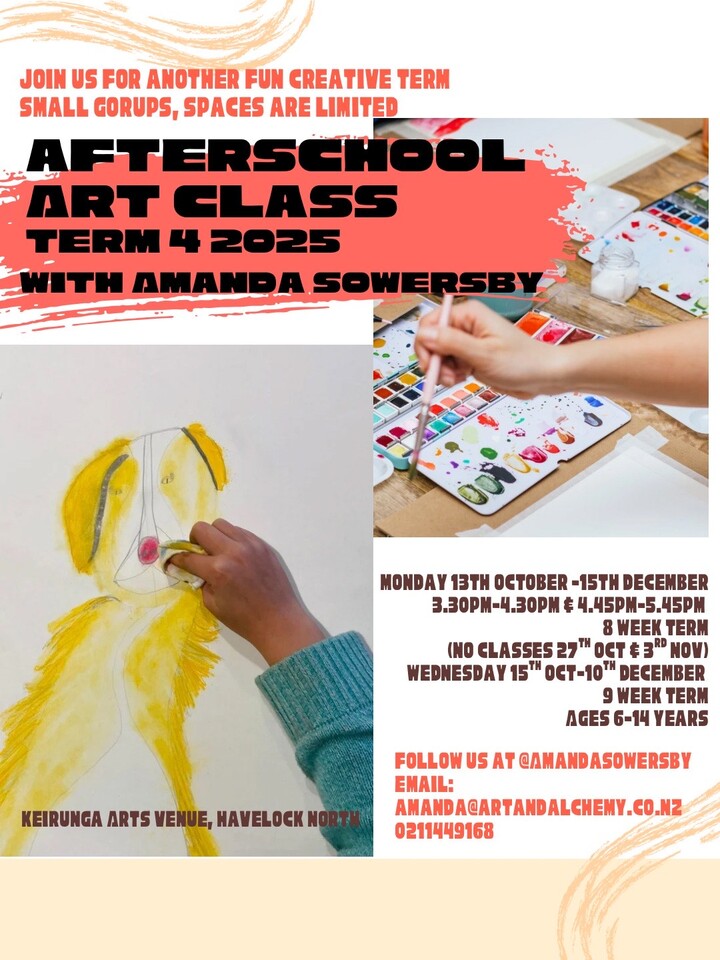Anthroposophy in Hawkes Bay
Rudolf Steiner Centre, 401 Whitehead Road, Hastings
Events over next 2 weeks
[5 to 19 October]
- Mondays during Term 4 starting 6 October, Taikura School's Te Kakano Playgroup will be using the Main Room from 8:30 am to 3:30 pm until end of Term 4.
- Tuesday October 7. First Full Moon after the Spring Equinox*.
- Thursday 9 October. 5:30pm Branch Committee meeting
- Friday 10 October. 7 pm. Study Group: Michael Letter p211 "Historic Cataclysms at the Dawn of the Spiritual Soul". Leading Thoughts 180-182.
- 11 & 12 October. Spring Festival (see notice below)
~~~~~~~~~~~~~~~~~~~~~~~~~~~~~~~~~~
Recital
You are warmly invited to a Recitation with Music of the
“Canticle to the Sun”
by St. Francis of Assisi
and
“The story of his most wonderful Miracle performed in Gubbio –
of taming the fierce and dreaded Wolf”
as a contribution to
Celebrating the life of a dear Friend (Judith Cunningham of the Titirangi Steiner School) who passed away last week in Auckland
given by Astrid Anderson and Friends
at 2:00 pm TODAY Sunday, 5th October 2025
at
Rudolf Steiner Centre
Note this is a late alteration
All welcome


~~~~~~~~~~~~~~~~~~~~~~~~~~~~~~~~~~
*First Full Moon after the Spring Equinox
The Moon rules the long winter nights and the Sun rules the long summer days.
In winter, the Full Moon at midnight (its highest point) is higher than the Sun at midday (its highest point). The transition comes at the First Full Moon after the Spring Equinox, Tuesday 7 October, when, for the first time the Sun at midday is higher than the Full Moon at midnight. The Sun forces of growth are now dominant.
Our Spring Festival is on the following SUNday, namely on 12 October.
Final Spring Festival Notice -
– Spring Festival –
– the Festival of Enlightenment –
– ‘Oh Human being, know thyself’ –
– Sunday 12th October 2025 –
Events:
Saturday, 11th Oct at 3pm – There will be a stirring of the Biodynamic Preparation 500 with Jen Speedy.
Sunday, 12th Oct at 3pm – a reading of Lecture 5 "The Working together of the Four Archangels" from ‘The Four Seasons and the Archangels’with John Jackson
Sunday, 12th Oct at 7pm – social gathering and Festival Celebration
This will be a celebration of spring, the joy in nature – with an earnest note addressed to each of us:
Alexander Pushkin presents us with an initiation in the desert in his ‘Prophet’ – spoken by the festival chorus;
Leslie Waite will give the festival address on the forces at work in the spring time.
There will be a presentation of Scene 4 from the ‘Portal of Initiation’, Rudolf Steiner’s first Mystery Drama – holding up a mirror to our time and consciousness, our extreme cleverness and immersion in material gold, as perceived by the natural and spiritual world.
A small group of singers will present Benedictus’ verse spoken in Scene 7, in the higher Devachan, put to music by Julian Pook –
Light’s weaving spirit streams
From man to man
To fill all the world with truth
Love’s blessing warms
Soul beside soul
To bring all world to happiness
The heralds of the spirit marry
Men’s works of blessing
With the world’s puposes;
When these can be united by the man
Who in man finds himself,
The light of spirit streams through warmth of soul.
( Translated by Adam Bittleson)
Verses, poems and music – our CHB friends will be there again to enliven us with music, and we will sing and move together.
All welcome – bring some friends.
With many thanks to all involved, preparing this event! –
Jenny Speedy, Leslie Waite, John Allison, Robyn Hewetson, Tania Diedericks, Matthew Frear, Jenny Sutherland, Robin Bacchus, Tobi Hensel, Bob Cross, Jenny Dobson, Deryn Menzies, Claire Morgan, Kathy Allen; Alexander Pushkin, Julian Pook and Rudolf Steiner, composers and poets...
Astrid Anderson & John Jackson.
~~~~~~~~~~~~~~~~~~~~~~~~~~~~~~~~~~
Foyer Display
Zahira Rickard's art works are now on display in the foyer.
Caring for the New Curtains
The Representative of the Human Being mural in the main room at the Centre now has two new curtains. On the right side of the curtains, just behind the edge of the curtain hang two cords, with a white plastic piece at their base. By pulling one cord gently downwards the curtains will open smoothly. By pulling the other cord, the curtains will close. Do not pull on the white plastic piece as that just is a weight for the cords and holds them together. As the curtains are opened and closed by using the cords that hang on the right hand side of the curtains, please do not pull the curtains themselves to open or shut them.
Many thanks.
~~~~~~~~~~~~~~~~~~~~~~~~~~~~~~~~~~~
Returning Library Books
If you have Library you wish to return when the Centre building is closed, there is a Return slot in the Library wall to the west of the building, just beyond the two concrete carpark strips. Open the flap and push the book right in.
Items, Notices, Letters, or articles of interest to the Hawkes Bay Anthroposophical community
ARE MOST WELCOME
Please email your text by midday Saturday to the Editor at info@anthrohb.nz with"For AnthroHB News" in the subject line.
Diagrams and pictures need to be in .jpeg (or .jpg) format.
Robin Bacchus, Editor
~~~~~~~~~~~~~~~~~~~~~~~~~~~~~~~~~~~



~~~~~~~~~~~~~~~~~~~~~~~~~~~~~~~~~~~
Musings on the Mystery Plays - 3
Antecedents
Rudolf Steiner’s Mystery Plays have a number of antecedents.
An important one would be: “The Chymical Wedding of Christian Rosenkreutz” [1616] an anonymous alchemical text that is a basis of Rosicrucian tradition.
It describes an allegorical journey of Christian Rosenkreutz, which is considered a depiction of alchemical initiation and spiritual transformation. Rudolf Steiner often links his work to Christian Rosenkreutz.
Rudolf Steiner spent many years editing the scientific writings of Johann Wolfgang von Goethe and thus became familiar with his literary fairytale.
Goethe [1749 – 1832] and Friedrich Schiller [1759 – 1805] had a remarkable friendship and collaboration that was "like no other known to literature or art." Both men lived in Weimar.
For the final 17 years of Schiller's life, they engaged in a close and productive relationship, discussing aesthetics, critiquing each other's work, and providing practical guidance.
Schiller’s “Letters on the Aesthetic Education of Man” [1795] argues that aesthetic education—the cultivation of the sense of beauty through art — is a prerequisite for a just and free society.
Schiller proposed that by engaging with what is beautiful, individuals can harmonize their sensuous and rational natures, thereby developing into fully realized beings capable of contributing to a better society.
Goethe's fairy tale ("The Green Snake and the Beautiful Lily") is a creative response to Schiller's “Letters”. Goethe tried to express the abstract ideas of aesthetic education through narrative and imagery, rather than philosophical argument. Goethe sought to embody Schiller's call for human freedom and harmonious self-development through aesthetic experience, offering a symbolic, imaginative solution to the political and social upheaval of the French Revolution that was a backdrop to both works.
Rudolf Steiner's "The Portal of Initiation" is inspired by Goethe's fairytale, transforming its symbolic narrative into a modern setting to depict a path of spiritual initiation. Spiritual development is shown through the experiences of Johannes Thomasius (who represents the "Young Man" from the fairytale) and other characters: Capesius and Strader.
The first seven scenes of "The Portal of Initiation" can be seen as a "transformation [dramatisation] of the fairytale into twentieth century dress" to show how spiritual initiation unfolds in a contemporary world.
RB